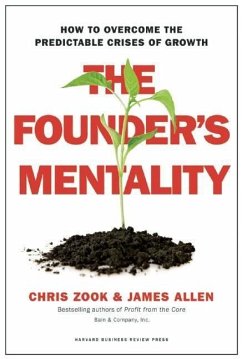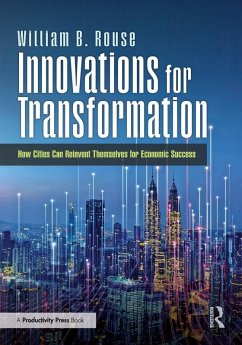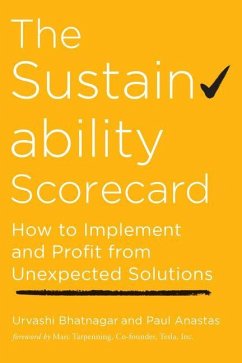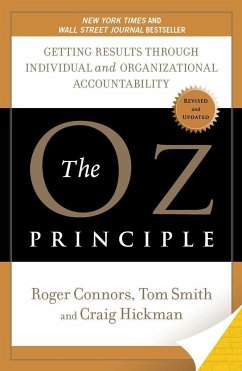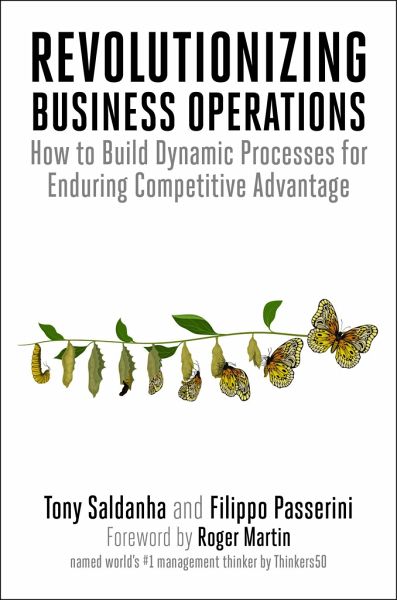
Revolutionizing Business Operations
How to Build Dynamic Processes for Enduring Competitive Advantage
Versandkostenfrei!
Versandfertig in 2-4 Wochen
33,99 €
inkl. MwSt.

PAYBACK Punkte
17 °P sammeln!
"A key purpose of this book is to introduce a fundamentally different approach to business transformation. It is fascinating to see that without exception, all existing publications on business process transformation don't just foster the one-time deal approach, but also take a sequential, step by step design (i.e., start with business strategy, then assess the landscape of current transformation projects in the company, then create a portfolio of ideas/projects, then execute with the latest methods like Agile, then finally, plan to make the new culture systemic). If we were to draw an analogy...
"A key purpose of this book is to introduce a fundamentally different approach to business transformation. It is fascinating to see that without exception, all existing publications on business process transformation don't just foster the one-time deal approach, but also take a sequential, step by step design (i.e., start with business strategy, then assess the landscape of current transformation projects in the company, then create a portfolio of ideas/projects, then execute with the latest methods like Agile, then finally, plan to make the new culture systemic). If we were to draw an analogy, this would be like the national economic development approaches of the old 5-year plans made famous by Soviet Union planners in the previous century. As it turned out, the real-world, occasionally chaotic but dynamic, open market, capitalism-based plans fared much better. The equivalent in business process change is "Dynamic Business Transformation." There is a need for a dynamic, living model for constant, ongoing process evolution and optimization. The Dynamic Business Transformation model achieves that. It addresses the issue because it gets to the root causes underlying the recurring obsolescence of work processes. First, even the best work process design can get stale if it does not constantly compare itself with the most disruptive new ideas across companies, and more importantly across industries. Second, functional work processes tend to be optimized within their own siloes. That leads to sub-optimization at an end-to-end level. And finally, unless there is a disciplined methodology to organically drive this constant re-optimization to every person in the operation, it leads to the jerky fits-and-starts model of business transformation"--




